IC Package Picture Collection

Term Definitions

COF (Chip On Flex, or Chip On Film, often called flip chip)
COF is a technology that attaches an IC to a flexible circuit board. It involves bonding the chip directly to a flexible substrate using a soft additional circuit board as a carrier. This method is commonly used in flexible display technologies and allows for compact and lightweight designs.
COG (Chip on glass)
COG refers to mounting the chip directly onto a glass panel. This technique is widely used in LCD modules to reduce size and improve production efficiency, especially in mobile devices like smartphones and PDAs.
DIP (Dual In-line Package)
DIP is a through-hole package with leads extending from both sides of the package. It is commonly made of plastic or ceramic and is popular for standard logic ICs, memory chips, and microcontrollers. The lead pitch is typically 2.54mm, with pin counts ranging from 6 to 64.
PDIP
PDIP stands for Plastic Dual In-line Package, indicating a plastic version of the DIP package. It is one of the most common types of through-hole IC packages.

SDIP (Shrink Dual In-line Package)
SDIP is a smaller version of DIP with a reduced lead pitch of 1.778mm. It is designed for applications requiring more compact packaging while maintaining compatibility with existing systems.
SKDIP/SKY (Skinny Dual In-line Packages)
SKDIP refers to a narrow-body DIP with a width of 7.62mm and a lead pitch of 2.54mm. These packages are used in space-constrained designs.
DIP-tab
A variant of the DIP package with a tabbed design for improved thermal dissipation.
CDIP
CDIP stands for Ceramic Dual In-line Package, a type of DIP made from ceramic materials, offering better thermal and electrical performance than plastic versions.

DICP (Dual Tape Carrier Package)
DICP is a type of tape carrier package where leads are formed on an insulating tape and pulled out from both sides. It is often used in liquid crystal displays and offers a thin profile suitable for high-density applications.

DIC (Dual In-line Ceramic Package)
DIC is another name for ceramic DIP, often used in high-reliability applications due to its superior thermal and mechanical properties.
SIP (Single In-line Package)
SIP features leads drawn from one side of the package, arranged in a straight line. It is often used for custom ICs and has fewer pins compared to DIP.
SOP (Small Outline Package)
SOP is a surface-mount package with a smaller footprint than DIP. It is widely used in modern electronics for its compact size and high pin density.

SSOP (Shrink Small-Outline Package)
SSOP is a smaller version of SOP with a reduced lead pitch, allowing for higher pin density in a compact form factor.
TSOP (Thin Small Outline Package)
TSOP is a thin, small-outline package used for memory chips, featuring a low-profile design and surface-mount compatibility.
TSSOP (Thin Shrink Small Outline Package)
TSSOP is even thinner than TSOP, with denser pin placement and a smaller overall size, making it ideal for portable and high-density applications.
HSOP (Head Sink Small Outline Packages)
HSOP includes a heat sink for enhanced thermal management, making it suitable for high-power ICs.

DFP (Dual Flat Package)
DFP is another term for SOP, featuring flat leads on both sides of the package. It was once popular but is now less commonly used.
DSO (Dual Small Out-Lint)
DSO is another name for SOP, used by some manufacturers for their product lines.
MFP (Mini Flat Package)
MFP is a smaller flat package, often used for plastic SOP or SSOP designs.
SO (Small Out-Line)
SO is another term for SOP, widely used by semiconductor companies globally.

SOIC (Small Out-line Integrated Circuit)
SOIC is a surface-mount version of SOP, commonly used in integrated circuits.
SOJ (Small Out-Line J-Leaded Package)
SOJ is a surface-mount package with J-shaped leads, often used for DRAM and SRAM chips. It is compatible with SIMM modules.
SOT (Small Outline Transistor)
SOT is a small outline transistor package, part of the SOP family, used for discrete transistors and small ICs.
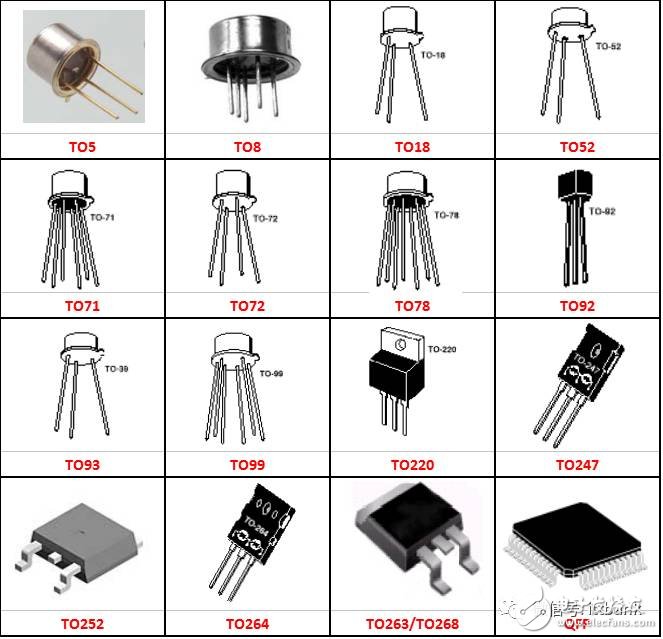
TO (Transistor Outline)
TO packages are used for power transistors and other high-power components, with various configurations like TO-92, TO-220, etc.
QFP (Quad Flat Package)
QFP is a four-sided surface-mount package with leads extending from all four sides. It is used for high-pin-count ICs and comes in various sizes, including plastic, ceramic, and metal.

LQFP (Low Profile Quad Flat Package)
LQFP is a thinner version of QFP, used for space-constrained applications. It is defined by the Japan Electromechanical Industry Association.
MQFP (Metric Quad Flat Package)
MQFP is a standard QFP with a 0.65mm lead pitch, defined by JEDEC standards.
TQFP (Thin Quad FLat Packages)
TQFP is a very thin QFP package, suitable for high-speed and high-frequency applications.
SQFP (Shorten Quad FLat Packages)
SQFP refers to QFPs with a reduced lead pitch, often used for high-density ICs.

BQFP (Quad Flat Package with Bumper)
BQFP includes protrusions at the corners to prevent lead bending during shipping. It is used in microprocessor and ASIC applications.
PQFP (Plastic Quad Flat Package)
PQFP is a plastic version of QFP, commonly used for cost-effective high-pin-count ICs.
FQFP (Fine Pitch Quad Flat Package)
FQFP refers to QFPs with a fine lead pitch, typically less than 0.65mm.
PFPF (Plastic Flat Package)
PFPF is another term for plastic QFP, used by some manufacturers.

QFN (Quad Flat Non-leaded Package)
QFN is a leadless package with contacts on all four sides. It is smaller and flatter than QFP, making it ideal for high-density applications. It is also known as LCC.
LCC (Leadless Chip Carrier)
LCC is a leadless surface-mount package used for high-speed and high-frequency ICs. It is also known as ceramic QFN.
PLCC (Plastic Leaded Chip Carrier)
PLCC is a plastic package with T-shaped leads, used in logic LSIs and DRAM. It is similar to LCC but uses plastic instead of ceramic.
CLCC (Ceramic Leaded Chip Carrier)
CLCC is a ceramic version of PLCC, used in UV-erasing EPROMs and microcontroller circuits.

JLCC (J-leaded Chip Carrier)
JLCC is a J-shaped lead package, used in windowed CLCC and ceramic QFJ designs.
LGA (Land Grid Array)
LGA is a package with an array of contact pads on the bottom, used in high-speed logic LSIs. It offers more I/O pins in a smaller area than QFP but requires a socket for assembly.
PGA (Pin Grid Array)
PGA is a package with pins arranged in a grid on the bottom. It is used for high-performance ICs, such as processors, and is available in ceramic and plastic versions.

CPGA (Ceramic Pin Grid Array)
CPGA is a ceramic PGA package, used for high-speed and high-reliability applications.
BGA (Ball Grid Array)
BGA is a surface-mount package with solder balls on the bottom, replacing traditional leads. It allows for high pin counts and better signal integrity. It is widely used in modern ICs and is popular in mobile and computing devices.
FBGA (Fine-Pitch Ball Grid Array)
FBGA is a fine-pitch version of BGA, used for high-density and high-speed applications.
PBGA (Plastic Ball Grid Array)
PBGA is a plastic version of BGA, used for cost-effective high-pin-count ICs.

FCBGA (Flip Chip Ball Grid Array)
FCBGA is a BGA package where the chip is mounted face-down, improving electrical performance and reducing size.
CBGA
CBGA is a ceramic BGA package, used for high-reliability applications.

MCM (Multi-Chip Module)
MCM is a package containing multiple bare chips on a single substrate. It can be made of different materials, such as glass epoxy, ceramic, or silicon, and is used in high-performance and high-density applications.
OPMAC (Over Molded Pad Array Carrier)
OMPAC is a molded resin-sealed BGA package, developed by Motorola for high-reliability applications.
CPAC (Globe Top Pad Array Carrier)
CPAC is another name for BGA used by Motorola, referring to a globe-top sealed BGA.
LOC (Lead On Chip)
LOC is a package where the leads are placed above the chip, connected via wire bonding. It allows for a smaller package size and improved performance.

COB (Chip On Board)
COB is a bare-chip mounting technique where the chip is placed directly on a PCB, connected via wire bonding. It is used in applications requiring high reliability and compact design.
PCLP (Printed Circuit Board Leadless Package)
PCLP is a leadless package used by Fujitsu for plastic QFN, with a lead pitch of 0.55mm and 0.4mm. It is currently under development.
SIMM (Single In-line Memory Module)
SIMM is a memory module with contacts only on one side of the PCB. It is used in older PCs and workstations, with 30 or 72 contacts depending on the configuration.
SMD (Surface Mount Devices)
SMD refers to components designed for surface-mount technology, including SOPs and other small packages.
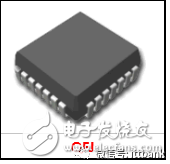
QFJ (Quad Flat J-Leaded Package)
QFJ is a surface-mount package with J-shaped leads on all four sides, used in microcomputers and DRAM. It is similar to PLCC in structure and application.
Package Process Details
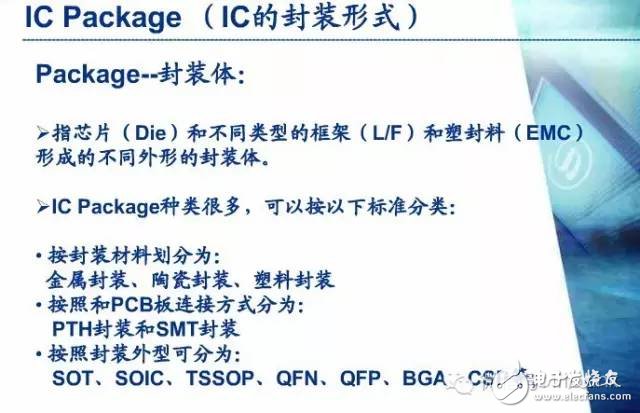
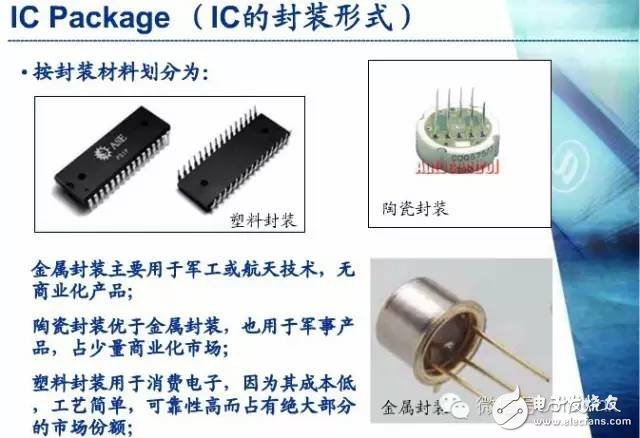


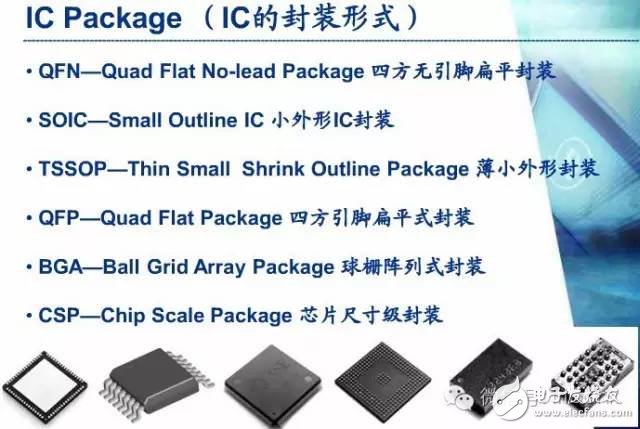
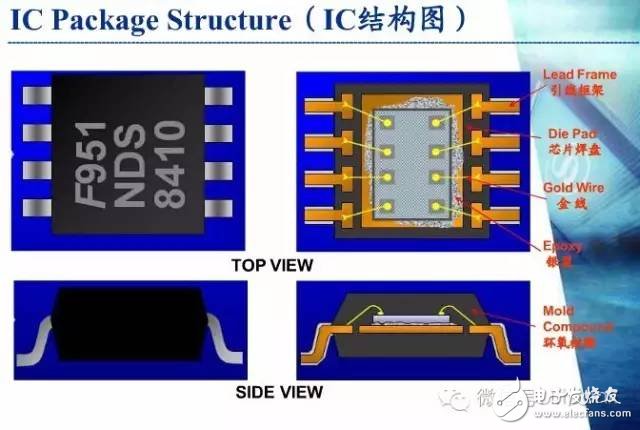
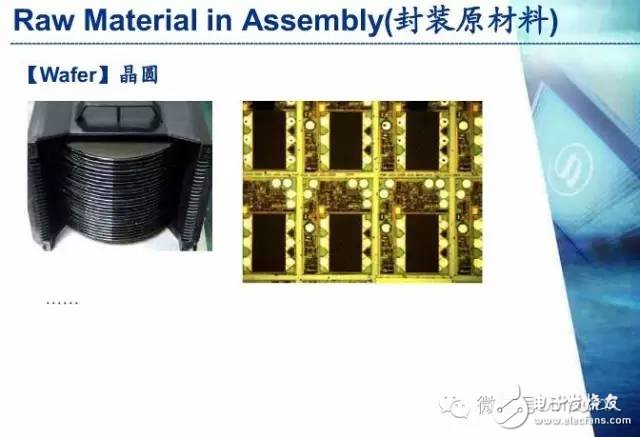
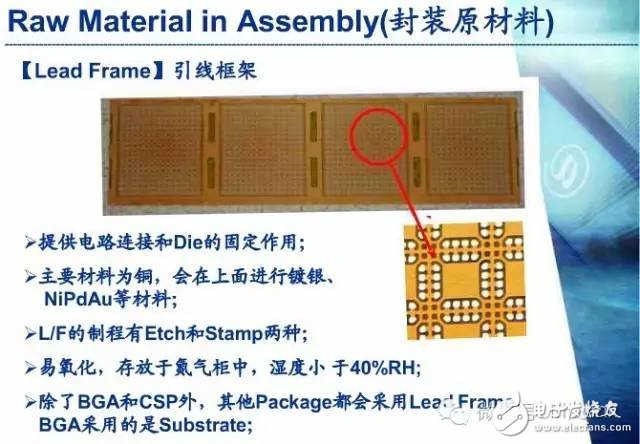
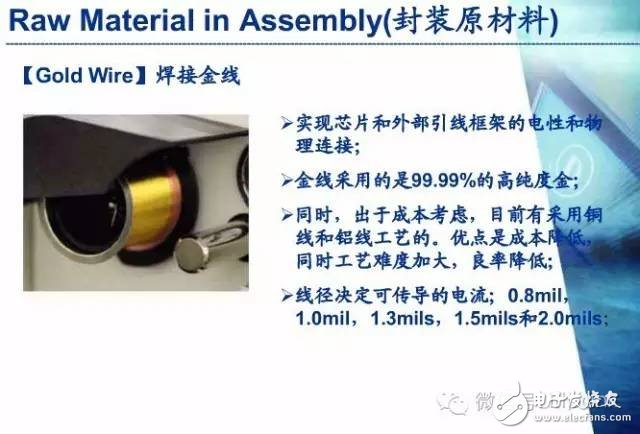
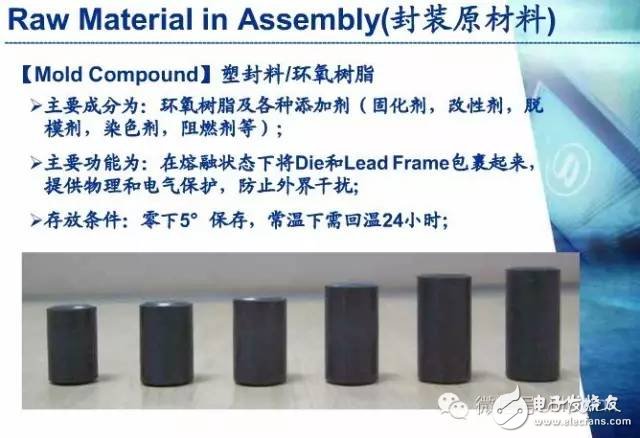
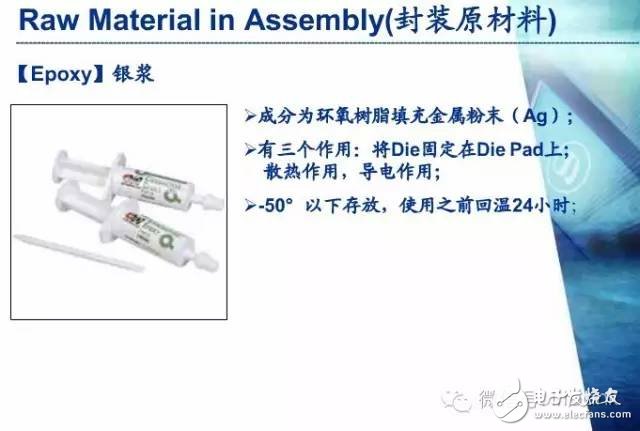

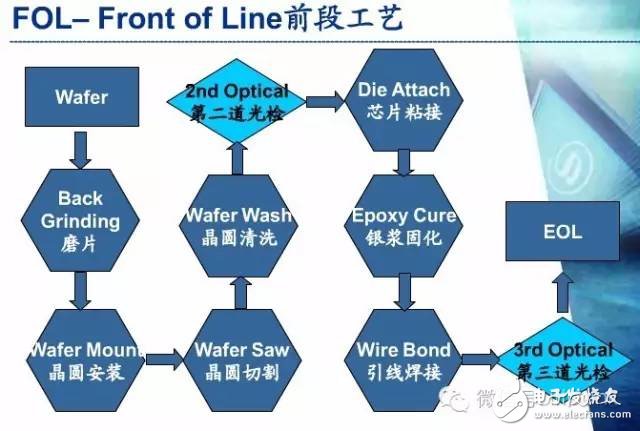
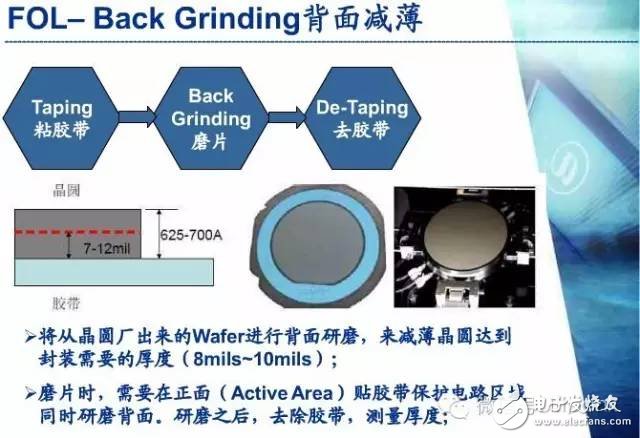
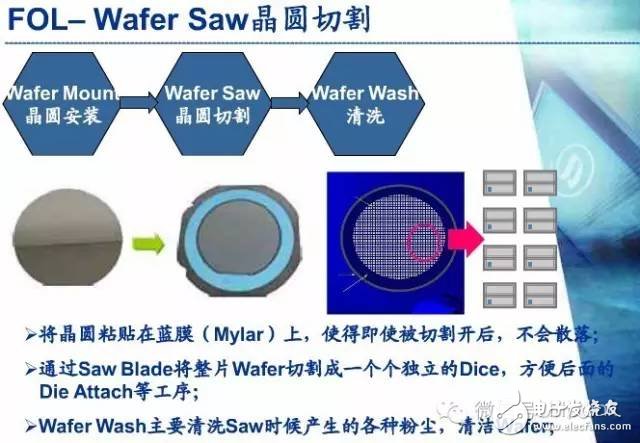
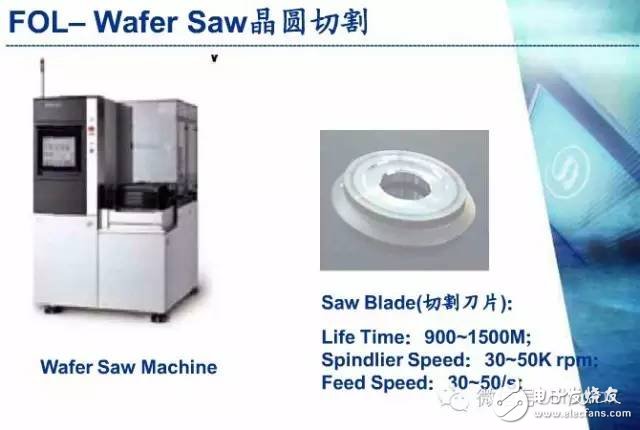


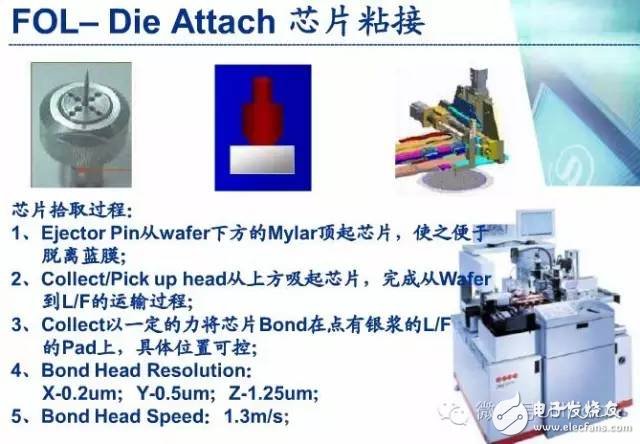
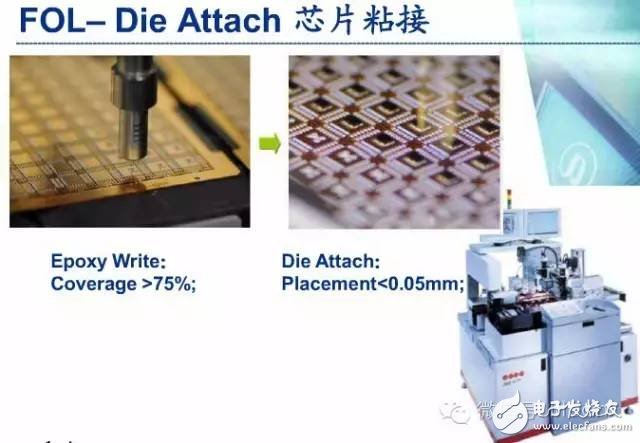
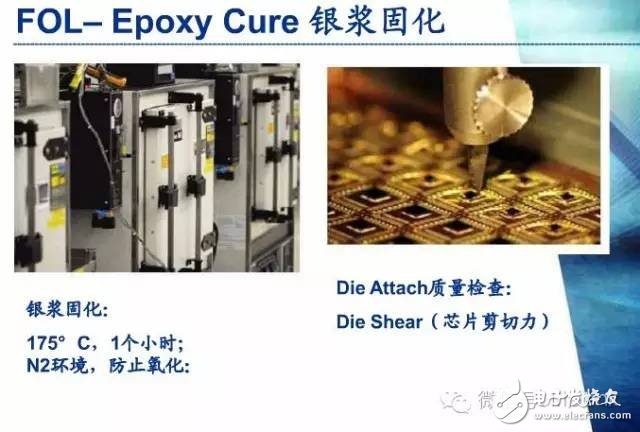
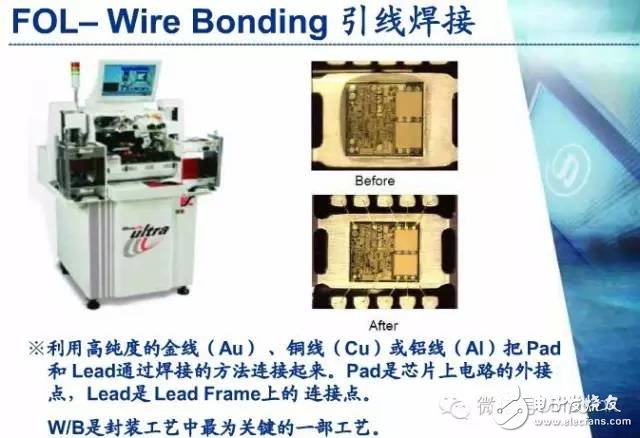

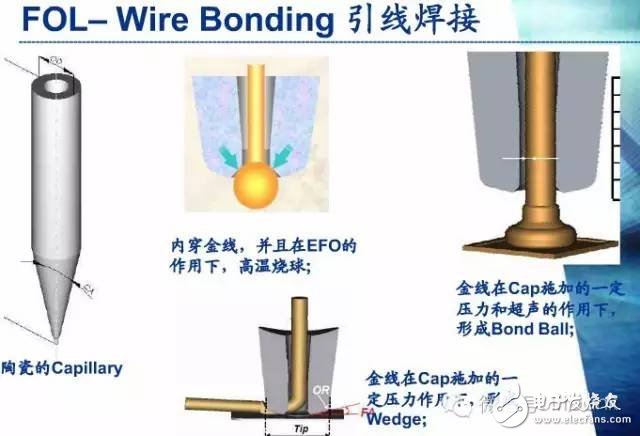
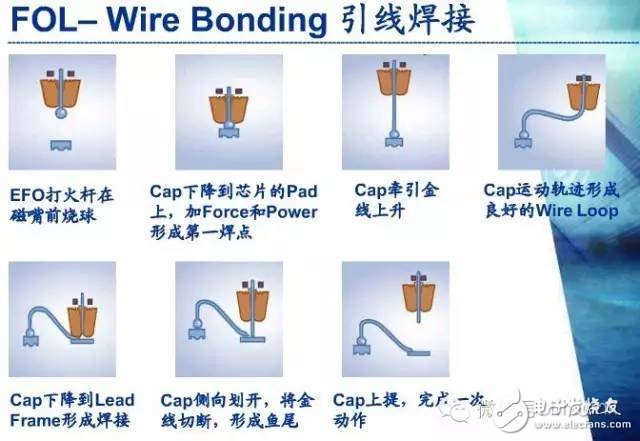

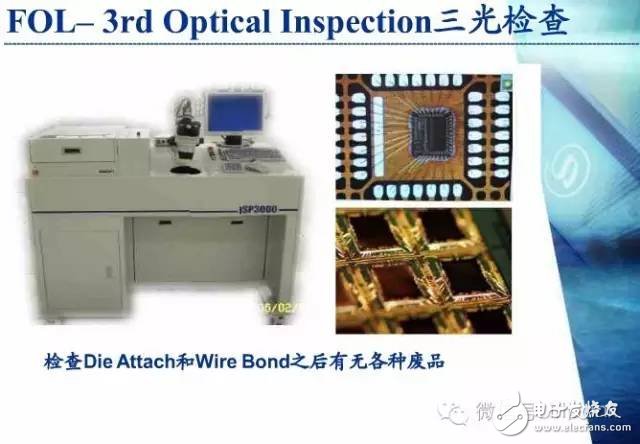

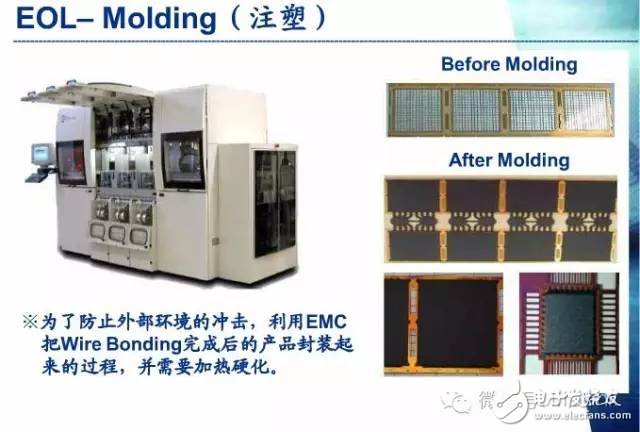
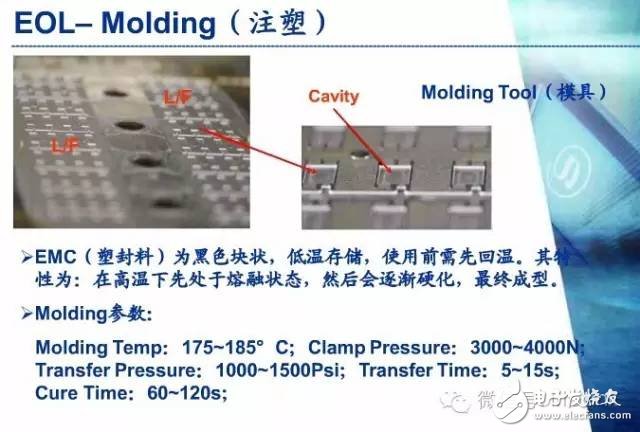
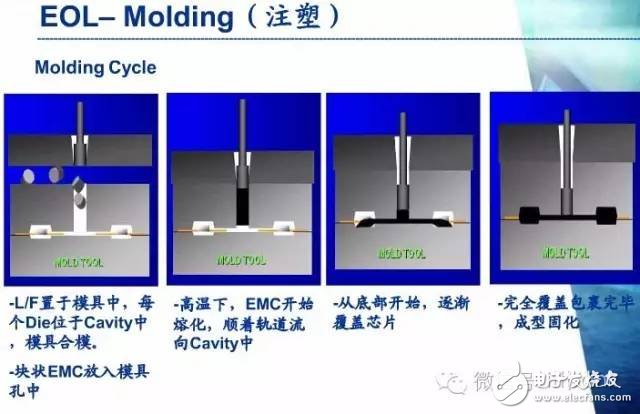
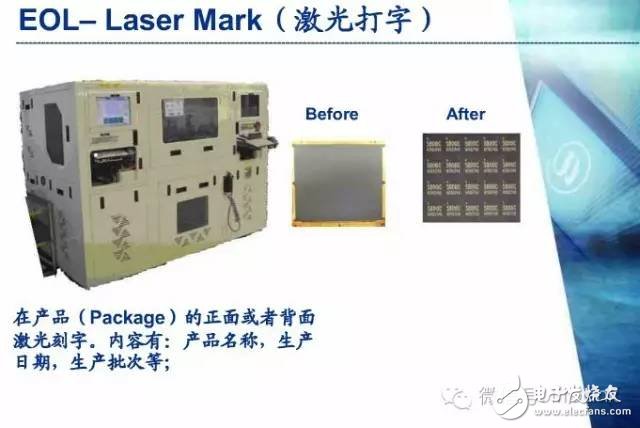
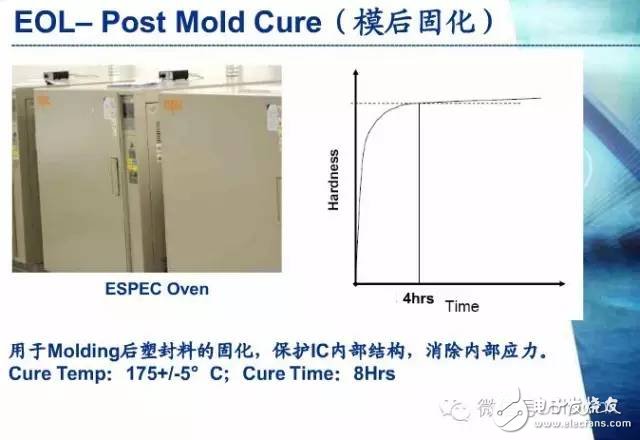
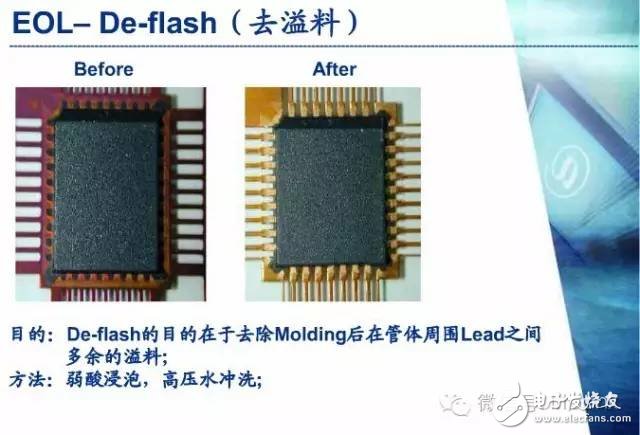

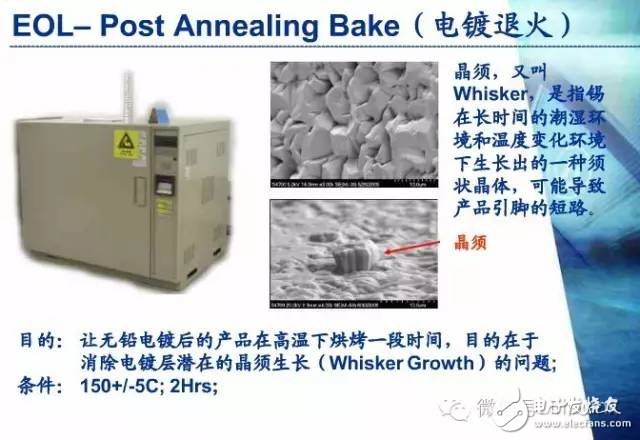
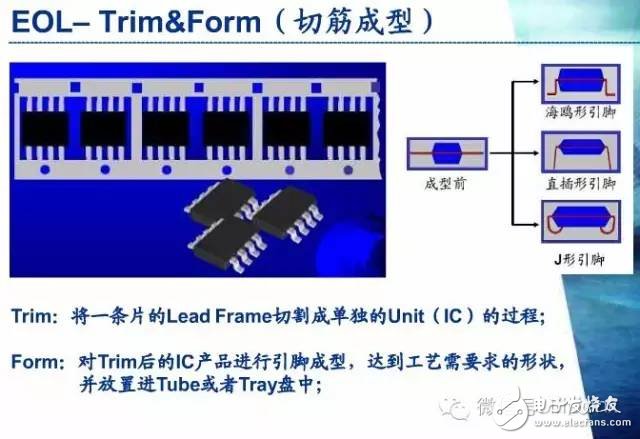
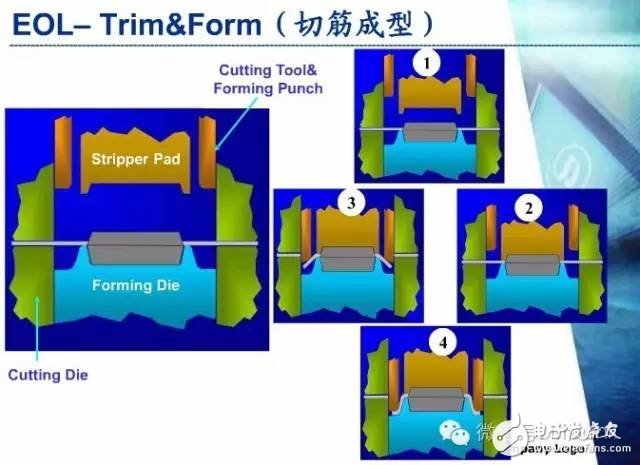
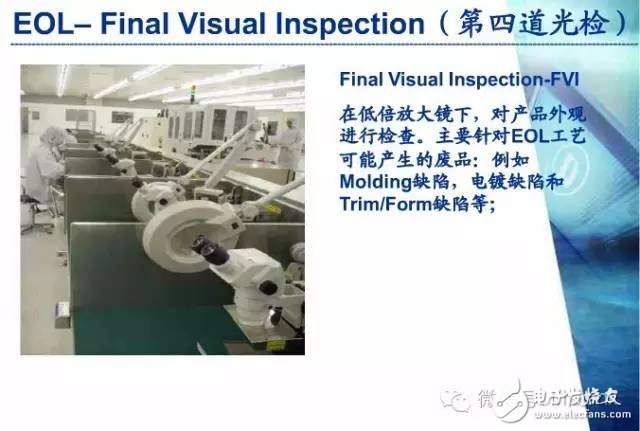

Diesel Light Tower
A diesel light tower is a portable lighting system that is powered by a diesel engine. It is commonly used in construction sites, outdoor events, and other areas where temporary lighting is required.
The diesel engine powers a generator, which in turn provides electricity to the light fixtures mounted on top of the tower. These light fixtures are typically high-intensity discharge (HID) lamps, such as metal halide or high-pressure sodium lamps, which produce a bright and efficient light output.
Diesel light towers are designed to be easily transportable and can be quickly set up and operated. They are often equipped with features such as telescoping masts, adjustable light angles, and automatic timers for convenient use.
The main advantage of diesel light towers is their ability to provide a large amount of bright light over a wide area. This makes them ideal for illuminating construction sites, outdoor events, and emergency situations where visibility is crucial. In addition to providing illumination, some diesel light towers also come with auxiliary power outlets, allowing them to be used as a source of electricity for other equipment or tools on-site.
Overall, diesel light towers are a reliable and efficient solution for temporary lighting needs in various applications.
Diesel Light Tower,Diesel Generator Light Tower,Diesel Powered Light Towers,Light Tower Diesel Generator
Grandwatt Electric Corp. , https://www.grandwattelectric.com
